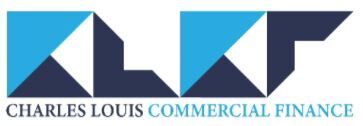What’s the difference between a regulated bridging loan and unregulated one?
Regulated bridging finance is for borrowers or their families who intend to live in the property being purchased.
Unregulated bridging finance is for everybody else.
Or in other words, unregulated bridging finance is for property transactions which are commercial in nature. I.e. a property is purchased, renovated and either sold to the marketplace or kept for long term investment.
If bridging finance is regulated, it falls under the auspices of the Financial Conduct Authority (FCA). Overall, lending criteria for regulated finance is far more stringent than it is for unregulated finance. This is because homeowner welfare is at risk if they have been sold inappropriate financial services products.
If bridging finance is not regulated, the lending criteria is generally down to the risk appetite of the lender. Or in other words, they largely decide their own criteria for issuing bridging finance.
FAQ
- What’s the difference between a regulated bridging loan and unregulated one?
- What bridging fees are there?
- What is the Bridging Maximizer™
- What is the ‘better than published’ promise?
- What does ‘No broker fees’ mean?
- What is the rate match guarantee?
- Can I get a better deal if I contact lenders directly?
- What is bridging finance?
- What are the pros and cons of bridging finance?
- What does a lender need to know about you, the borrower?
- What is LTV?
- What is first and second charge lending?
- What is light / medium / heavy bridging development finance?

